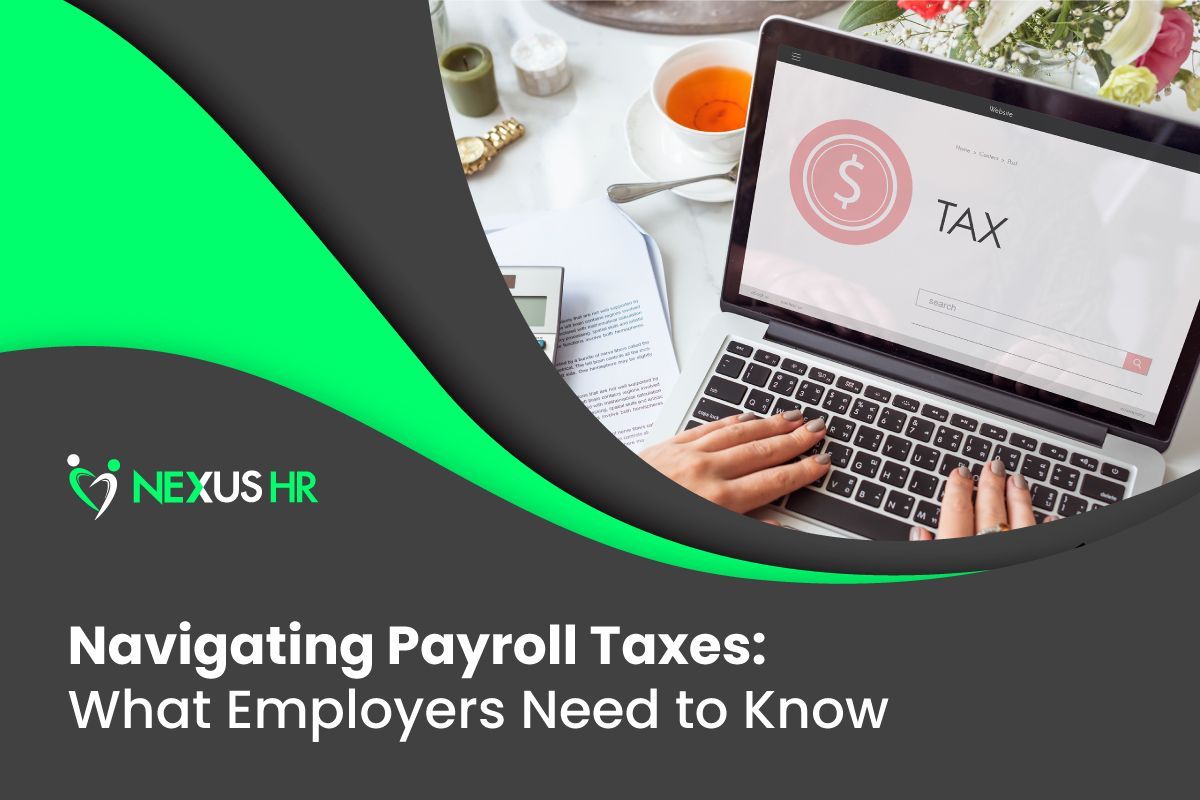Employee Training Tips for Successful Onboarding
Did you know that 37% of new employees will exit your company before finishing their first year?
Losing employees isn’t just an inconvenience—it’s an expense. The
average cost of turnover is one-third of an employee’s annual salary, but it can skyrocket even higher for managers, executives, and highly technical positions.
One of the most common factors that contribute to high onboarding failure is a lack of adequate training. According to a
recent report, 79% of employees think it’s important for their employer to provide training opportunities, and 93% believe training will improve performance. On the contrary, bad training programs leave employees feeling unmotivated, underappreciated, and unqualified.
With your reputation and revenue on the line, letting great employees slip through the cracks isn’t a viable option. Using the best employee training tips and practices, your company can onboard new team members successfully and avoid the embarrassment of high turnover.
What Is Onboarding & Why Does Onboarding Matter?

Onboarding is the process of integrating new hires into your organization. Despite sounding simple, there are many nuances to training new employees.
As the Society for Human Resource Management
observes, onboarding can last one or two days at some organizations while taking months at others. Dr. Talya Bauer of Portland State University makes things easy to understand by
outlining your onboarding strategy into three levels of achievement: passive, high-potential, and proactive.
Read More:
4 Healthcare Onboarding Best Practices You Should Follow
Passive Onboarding
Thirty percent of organizations engage in passive onboarding, which approaches the practice as a checklist of compliance and clarification tasks: “sign X document, create Y account, watch Z video,” etc. While sufficient at getting employees situated, passive onboarding leaves employees hanging by failing to address the “social relationships and information networks” that underpin your organization.
High-Potential Onboarding
High-potential onboarding touches on the social dimensions of work but fails to build intentional systems that support connections and common culture. In other words, you’re taking new employees out to lunch or checking in with them every once in a while, without having a specific plan, schedule, or objective behind these interactions. This is the most common approach to onboarding at 50% of all companies.
Proactive Onboarding
In contrast to passive & high-potential onboarding, achieving a proactive onboarding strategy requires active development of company culture and connections. You’re not only building relationships throughout the onboarding process but doing so in a structured and methodical way. Only the top 20% of companies reach this level of onboarding.
If your company isn’t delivering the proactive onboarding experience great talent expects, consider improving your onboarding procedures with training opportunities.
Empower New Hires With These Onboarding Training Tips

Implementing a great training program throughout your onboarding process is a surefire method of increasing engagement and retaining employees. Research by the University of Rhode Island’s Schmidt Labor Research Center suggests that workers who receive training are more likely to feel included in their workplace and become incentivized to reciprocate the investment by staying with your company longer.
Putting in the effort to overhaul your onboarding with training now will pay off big in the long run. Surveys show that companies with engaging onboarding can retain over
90%
of new hires after one year.
Depending on your industry, reducing turnover by
25-35% from training will create huge savings opportunities while strengthening your team. According to the
Huffington Post, companies that offer comprehensive training have 218% higher income per employee, 24% higher profit margins, and 6% higher shareholder returns on average compared to companies that don’t invest heavily in training.
To empower your organization with these benefits and upgrade from passive to proactive onboarding, use these employee training tips on your next hire:
Buddy Up
It takes two to make a thing go right. Coaches, buddies, and mentors can build a reliable training foundation for new employees to ground their tenure. Since high-level management doesn’t always have time to connect with staff on a day-to-day basis, having peers available to answer questions and explain the ropes is a great solution many companies turn to. Eighty-Seven percent who implement buddy training programs report improved productivity and lower turnover.
Build an Onboarding On-Ramp
Effective onboarding doesn’t stop after day one. It takes approximately three months for most employees to become fully accustomed to their roles. That competency tail needs to be supported by an effective, prolonged on-ramp—one or two days of training isn’t enough.
Just as students follow a multi-year education plan when pursuing a degree, setting clear onboarding goals for new hires further into the future can help keep team members engaged at work until they are comfortable. Consider what skills employees should learn after three months, six months, twelve months, and beyond. Take the time to schedule these important training milestones into a training program they can look forward to as they progress at the company and in their careers.
Make Training & Onboarding Accessible
Consider investing in a learning management system to make your training easier to engage with and track. Learning management systems can help put your training into perspective and give you the insight you need to build realistic training goals that don’t overburden workers. The streamlined approach offered by learning management solutions may also expand your training outreach and improve performance with gamified mobile apps that can be accessed from anywhere.
When it comes to onboarding in general, it’s essential to give new employees a way to access personal information and company documents. This is especially true for workers who may not use a computer or spend time in the office. When workers are able to review and solve personal problems on their own, they are more likely to feel comfortable in the workplace and stay in tune with information networks. It is also advisable to develop clear communication channels and to keep those channels open, as they can provide additional opportunities for on-the-job learning.
Invest In Education Opportunities
It isn’t uncommon for employees to experience a lack of confidence in their first few months at a new job. As evidenced by high turnover rates, many workers end up feeling like an organization isn’t the right fit or what they expected.
Learning opportunities build a sense of competency, not only for particular roles but for the company as a whole. Workers are more likely to see a long-term future with your organization after you’ve demonstrated that they are valued, appreciated, and worth the investment. Education not only makes people better at their job; it also makes them feel included.
Teach Through Feedback
In a fresh romance, positive affirmations give people the reassurance they need to commit. If our new partner isn’t texting us back or making an effort to spend time, the effort starts feeling like a waste of time and falls apart quickly.
The same holds true with professional relationships. After three months on the job, confidence in one’s ability to perform core tasks
tends to decrease significantly. Providing consistent feedback helps confirm that an employee’s work is noticed and creates organic opportunities to teach and train.
This doesn’t always mean glowing reviews: providing honest feedback goes a long way to center workers and demonstrate where they stand, which is what they are looking for during their early days on the job. And don’t forget that feedback is a two-way street. Give workers a chance to send feedback your way so that you can learn how to be the best manager, executive, or owner you can be.
Achieve Your Onboarding Goals With Nexus HR

For companies looking to offer the ultimate onboarding experience, Nexus HR’s remote HR services are the perfect solution. Nexus HR’s experienced human resource specialists can quickly transform your onboarding procedures to make your company a great place to call home—all for a fraction of the cost of an in-house HR team.
Contact a Nexus HR representative today to learn more about how your team can improve onboarding culture while cutting expensive HR costs.











